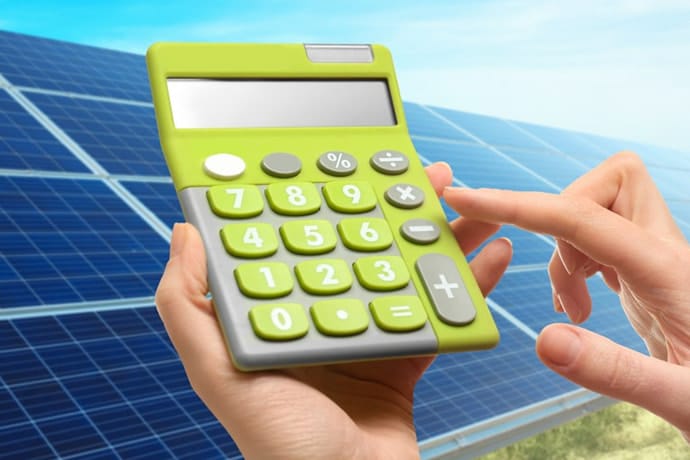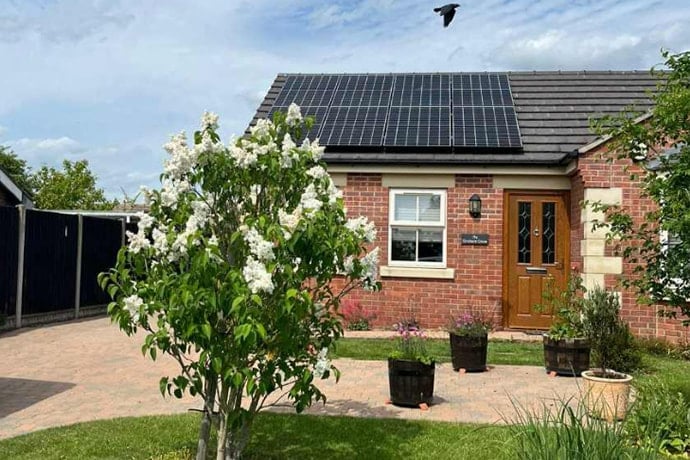Solar panels have emerged as a sustainable and cost-effective solution for energy needs. When considering investing in solar panels, one of the key factors to evaluate is the payback period. This crucial metric determines the duration required for the energy savings from solar panels to offset the initial investment cost.
What is the payback period for solar panels?
The payback period of solar panels refers to the length of time required for the cumulative energy savings generated by the solar system to equal or surpass the initial investment cost. It serves as a critical indicator of the financial viability and return on investment of solar panel installations. Essentially, it quantifies the time it takes for the system to pay for itself through energy savings.
What is the average payback period for solar panels?
The average payback period of solar panels can vary depending on several factors, including system size, location, available incentives, and energy consumption patterns. On average, residential solar panel installations in the United States have a payback period ranging from 6 to 10 years. However, it is important to note that individual circumstances can significantly impact the payback period. Factors such as energy usage, available sunlight, electricity costs, and government incentives play a crucial role in determining the payback period for each specific case.

What is a good payback period for solar panels?
Determining what constitutes a good payback period for solar panels is subjective and depends on individual circumstances and objectives. Generally, a shorter payback period is desirable as it signifies a quicker return on investment. A payback period of 5 to 7 years is often considered favorable as it indicates a rapid recoup of the initial investment. However, it is essential to balance the payback period with long-term energy savings and other financial benefits.
Factors that affect the payback period for solar panels
Total cost of the system and equipment
The total cost of the solar system and equipment is a fundamental factor influencing the payback period. Higher upfront costs may result in a longer payback period, while lower costs can lead to a quicker return on investment.
Government tax credits and incentives
Government tax credits and incentives play a significant role in reducing the upfront costs of solar panel installations. In many countries, including the United States, governments offer incentives such as the Federal Investment Tax Credit (ITC), which can substantially decrease the initial investment and shorten the payback period.
Average recurring cost of electricity
The average recurring cost of electricity has a direct impact on the payback period. Higher electricity costs accelerate the savings generated by solar panels, leading to a shorter payback period. Areas with high electricity rates typically experience quicker returns on investment.

Electricity costs in your area
The electricity costs in a specific area also influence the payback period. Regions with higher electricity rates tend to have shorter payback periods, while areas with lower rates may have longer payback periods. It is important to consider local electricity costs when evaluating the financial feasibility of solar panel installations.
Projected electricity production
The projected electricity production of a solar panel system depends on various factors, such as system size, orientation, shading, and local weather conditions. Higher energy production translates to more savings and a shorter payback period. It is crucial to consider factors such as the system’s efficiency, location, and available sunlight when estimating the projected electricity production and, consequently, the payback period.
Other Economic Incentives
In addition to government tax credits and incentives, other economic factors can influence the payback period of solar panels. Net metering programs allow solar panel owners to sell excess electricity back to the grid, effectively reducing their payback period by offsetting their energy costs. Feed-in tariffs and performance-based incentives offer financial rewards for the energy produced by the solar panels, further accelerating the payback period.
Conclusion
Understanding the payback period of solar panels is essential for making informed decisions when considering solar panel installations. While the average payback period for residential solar panels in the United States ranges from 6 to 10 years, it is crucial to assess individual circumstances to obtain a more accurate estimation. A shorter payback period is generally desirable, but it is essential to consider long-term energy savings and financial benefits when determining what constitutes a good payback period.
Investing in solar panels not only promotes sustainability but also offers significant financial advantages. As technology advances and costs continue to decline, the payback periods for solar panel installations are expected to become even more attractive.
Article from: https://www.sungoldsolar.com/
Your most sincere solar partner – Sungold

























